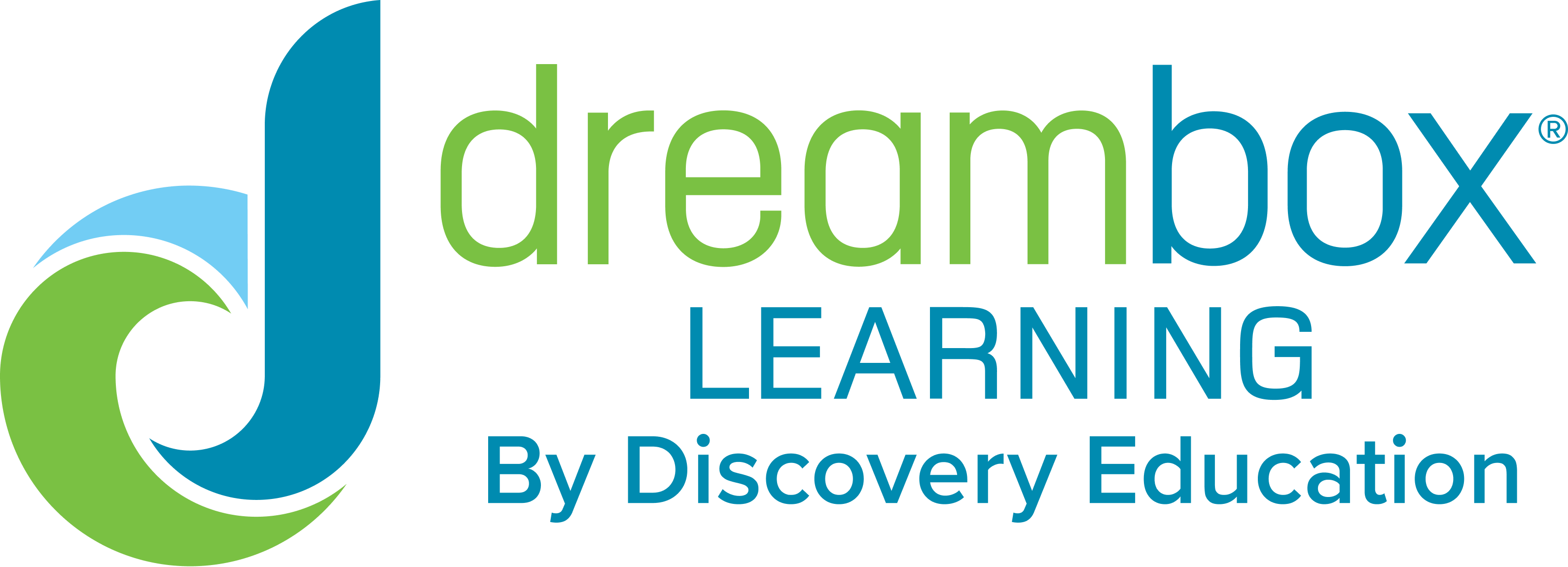When you’re a math major in college like I was, you can be guaranteed at least two things. First, many people will assume you’re a human calculator because they’ll ask you to make outrageous computations on the spot. Second, fellow students will ask you for help with their own math homework. Not coincidentally, I found that in both of these cases, people were not only struggling with math, but also failing to understand what math even is. And in most cases, they didn’t view math the way I view math: as something that enables us all to be better thinkers who reason more logically and solve problems more strategically. Instead, they viewed math as an obstacle—a confusing barrier they needed to just get past so they could leave it behind forever.
Math is a very real barrier for many students, as described in the recent New York Times article, Community College Students Face a Very Long Road to Graduation by Ginia Bellafante. According to the article, “over 60 percent of all students entering community colleges must take what are called developmental math courses … [that] are algebra-based and focus on linear and quadratic equations.” Bellafante writes that these developmental courses are required for graduation and four-year degree programs, “but more than 70 percent of those students never complete the classes, leaving them unable to obtain their degrees.”
While all students have unique personal circumstances that impact their ability to access and complete courses, I’d like to examine the aspects of these math courses that are within the control of schools and educators. After all, linear and quadratic equations are topics that high school students learned in the classes I myself taught, and they’re even topics that elementary and middle school students are successfully learning about through our DreamBox lessons—often before they even enter high school. So why are adults at community college having such a difficult time passing the courses? Three explanations were highlighted in the article:
- “Many [students] have been taught so poorly before they arrive.”
- “They have developed a debilitating reliance on calculators.”
- “The pedagogy* tends to focus on computation rather than the underlying concepts, leaving the practice of math to seem far removed from the students’ experiences.”
It wasn’t entirely clear from the article whether the pedagogy noted in point three referred to students’ math classes prior to entering community college or after entering community college, but I was relieved to see pedagogy highlighted as a key factor because it is crucial to understanding why students struggle with math. Whether we’re talking about K–12 math classes or college courses, it’s important to know what “better” teaching and learning in mathematics looks like. For good descriptions, I suggest this profile of Cornell mathematician Steven Strogatz in The Atlantic. Or this great piece on the AMS teaching blog by Morgan Mattingly, a current undergraduate student at the University of Kentucky. Morgan is a double major in Mathematics and STEM Education, and here is part of how she describes her classroom and learning experience:
I have seen firsthand that it occasionally takes experimentation to figure out which method or tool to use in problem solving. Through discussion and group work with my classmates, I noticed that it is not always blatantly obvious that we should draw a picture or use induction or reformulate a hypothesis to find the crux move in a solution.
Despite the fact that these two articles describe how students can engage in learning and doing mathematics in a way that is enjoyable, empowering, and inspiring, the unfortunate reality is that most developmental math courses are not structured this way, either in K–12 or at the college level. As evidence, consider the community college student in Bellafante’s article who complains, “This developmental algebra is a stainless-steel wall and there’s no way up it, around it or under it.” The Atlantic article profiling Strogatz describes similar problems at other colleges and universities, noting that math classes for liberal arts majors are “typically presented in lecture format … and only serve to further disenfranchise students” (Lahey, 2014).
These developmental math classes likely adhere to a flawed model of cognition that Grant Wiggins and Jay McTighe refer to as the “climb the ladder” approach. This approach requires learners to “master all relevant discrete skills before they can be expected to apply them in more integrated, complex, and authentic ways” (Wiggins & McTighe, p. 45). In Schooling by Design, they describe the critical flaws with this approach and why it would logically lead many students to drop out of a math class:
Because [low-achieving students] are less likely to have acquired the basics on the same schedule as more advanced learners, struggling learners are often confined to an educational regimen of low-level activities, rote memorization of discrete facts, and mind-numbing skill-drill worksheets. The unfortunate reality is that many of these students will never get beyond the first rung of the ladder and, therefore, have minimal opportunities to actually use what they are learning in a meaningful fashion. Who wouldn’t be inclined to drop out under such conditions? (p. 45)
I would add a fourth reason to the list of causes for these high dropout and failure rates in community college courses: assessment and grading practices. Bellafante’s article describes the following aspects of one community college assessment system for developmental math:
- The final exam accounted for 35 percent of the total grade
- Students received demerits for poor attendance (presumably impacting the grade)
- Homework impacted the final grade substantially enough that students knew uncompleted assignments would prevent the final exam from making a significant difference
Each of these three components of the assessment system is familiar and typical, but each has flaws that negatively impact students because these grading practices don’t accurately communicate student learning. For example, Bellafante describes a student who believed he could score well on the final—certainly the most current data of student understanding and presumably the most summative as well—but still fail the course because he didn’t complete enough homework. Many other assessment systems enable the opposite—allowing a student who completed all her homework to pass the course even if she miserably failed the final. Connecting behaviors and responsibility to a content-based grade is dangerous; it’s misleading at best and unfair and illegitimate at worst. For more insights into why these and other familiar grading practices are detrimental to student learning and achievement, I highly recommend Ken O’Connor’s book, A Repair Kit for Grading: Fifteen Fixes for Broken Grades.
Given these unintentionally harmful instructional and grading practices in developmental math courses, it’s not surprising that developmental math is an insurmountable barrier for many college students. And as Bellafante’s article noted, “more than 40 percent of the students in the class failed, at least one for the third time.” These high failure rates at colleges all across the country are prompting many schools, organizations, and companies to find or create solutions for students and educators. Educational technology and blended learning are being embraced as potential supports, not only for college students, but also as intervention alternatives for high school students. In theory, these are promising options because students can learn at their own pace and access coursework and lessons from virtually anywhere at any time (provided they have the necessary technology access).
Unfortunately, many blended learning courses and programs merely digitize the same flawed instructional and assessment practices used in the developmental math courses. As Michael Fullan and Katelyn Donnelly wrote in Alive in the Swamp: Assessing Digital Innovations in Education,
Technology–enabled innovations have a different problem, mainly pedagogy and outcomes. Many of the innovations, particularly those that provide online content and learning materials, use basic pedagogy—most often in the form of introducing concepts by video instruction and following up with a series of progression exercises and tests (p. 25).
Patrick White, a student at Harvard’s Graduate School of Education participating in Justin Reich’s course on MOOCs, recently described the impact of some of these “innovations” on students. In his blog post, “Thoughtless vs. Thoughtful Blended Learning,” Patrick writes about high school students taking night school courses for credit recovery, a popular use of blended learning:
… night school instruction was questionable … I heard over and over again about students who never watched or read through any of the instruction material. They simply clicked through screens until they got to assessments and Googled to find answers. Even in rooms where teachers did not allow that practice, instruction from the computer relied on basic “read this” followed by “now answer these questions” approach no different than many textbook-style education methods. Students never had the chance to engage in any activities, projects, or even class discussions to augment their learning. It was all basic regurgitation aided by a teacher who frequently did not even share a background with the content that a student was “learning.”
Students need to do more than simply regurgitate basic facts to earn or recover math credits—they need to be powerful and confident mathematical thinkers. These problems in developmental math classroom practices, online math instruction, and blended learning models are topics I’ll be discussing in my presentation at the 2014 iNACOL Blended and Online Learning Symposium. Because students deserve the very best learning opportunities and experiences available—with and without technology—I’ll be sharing thoughts about the evolution of blended and competency-based schooling. It’s important for all educators to look beyond the current schooling and lesson models and envision better educational experiences for both students and educators.
After working in public education for over ten years as a classroom teacher and curriculum leader, I saw the very real challenges students and teachers experience in mathematics. Because I have seen how technology can help students become powerful mathematical thinkers, I joined DreamBox Learning as the Curriculum Director to help imagine and create new learning experiences for students and educators. Every day, our team supports student learning of mathematics starting as early as preschool, and we design our lessons and assessments so that students are confident thinkers and doers of mathematics no matter what their grade level or where they start. One of Strogatz’s quotes from the Atlantic article nicely sums up our approach at DreamBox:
As with any game, or playing music, or making a piece of art, it’s doing the real thing that’s inspiring. My students are actually making mathematics—in many cases, for the first time in their lives. And they’re loving it. And why wouldn't they? It’s a joyous, glorious experience. At every level. Little kids can make math. It may be the mathematical equivalent of finger painting, but it’s still math.
The work of math educators won’t be complete until all students are loving to do mathematics, comfortable in making mathematics, and confident enough that they will see mathematics as empowering rather than exasperating. Mathematics should never be a barrier for anyone.
* This reference was the only time the term pedagogy appeared in the entire 3,000-word New York Times article. Understandably, this article was neither intended to be an educational research study nor an analysis of educational institutions and practices. The words used to describe problems and solutions to important educational problems influence our ability to focus on the root causes of these problems. Therefore educators should take note that the terms assessment, learning, and instruction never appeared in the article. And the words curriculum and test only appeared twice. As educators create solutions to the important problems highlighted in this article, the role of these elements is critical because they constitute the overwhelming portion of the students’ schooling experience.
Print citation:
Wiggins, G. & McTighe, J. (2007). Schooling by Design: Mission, Action, and Achievement. Alexandria, VA: Association for Supervision and Curriculum Development
VP of Learning

Tim Hudson










